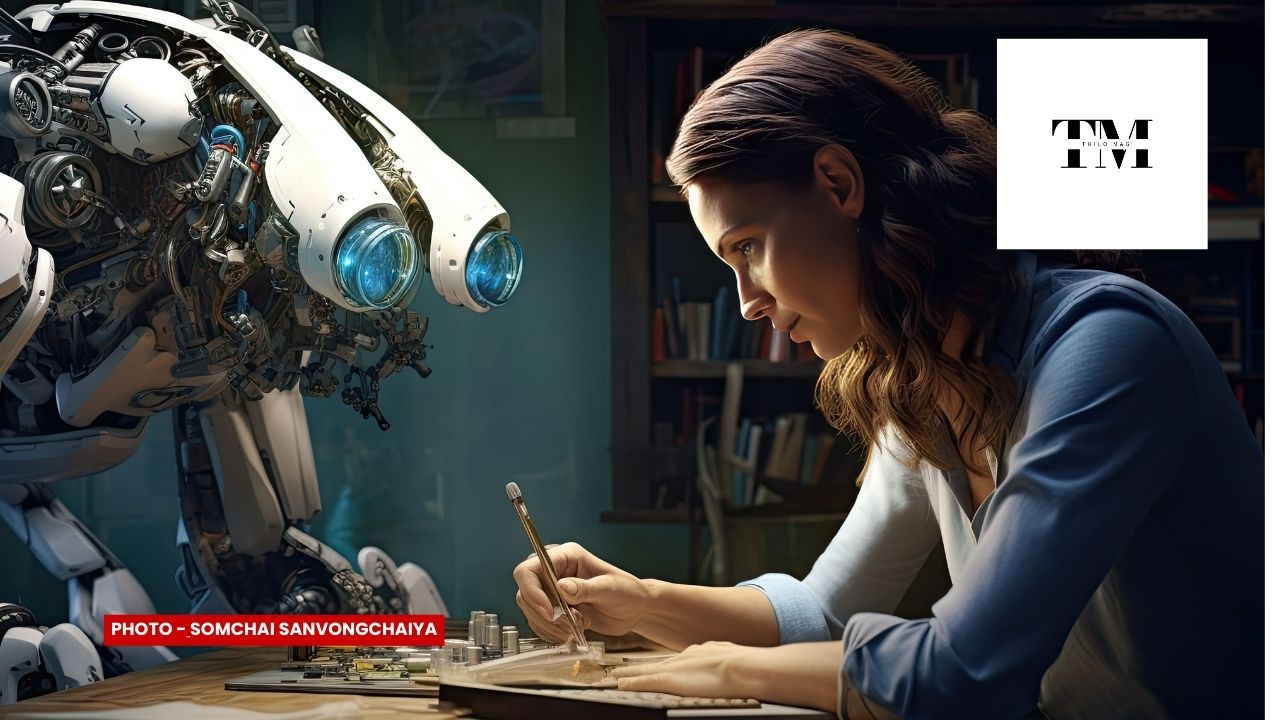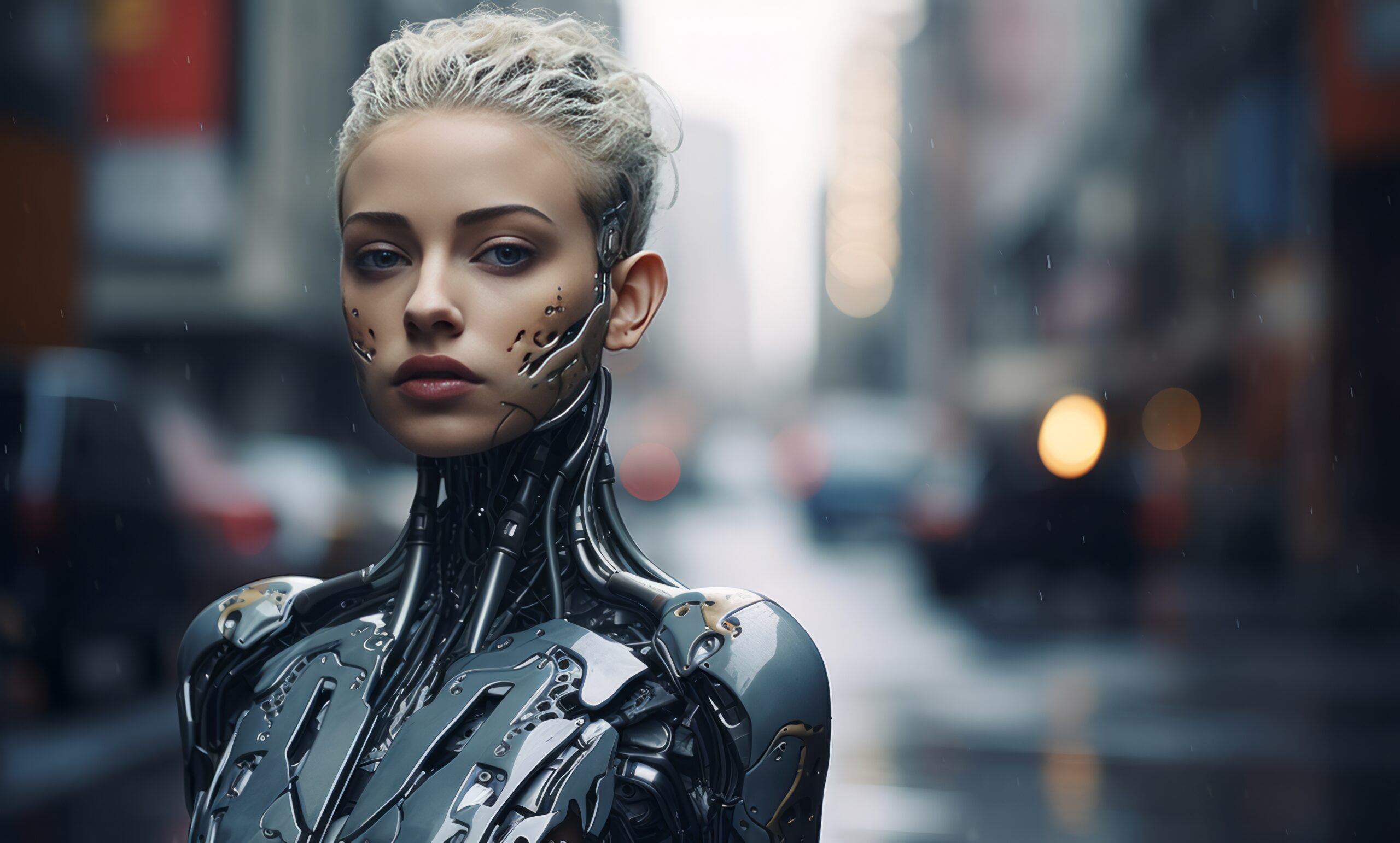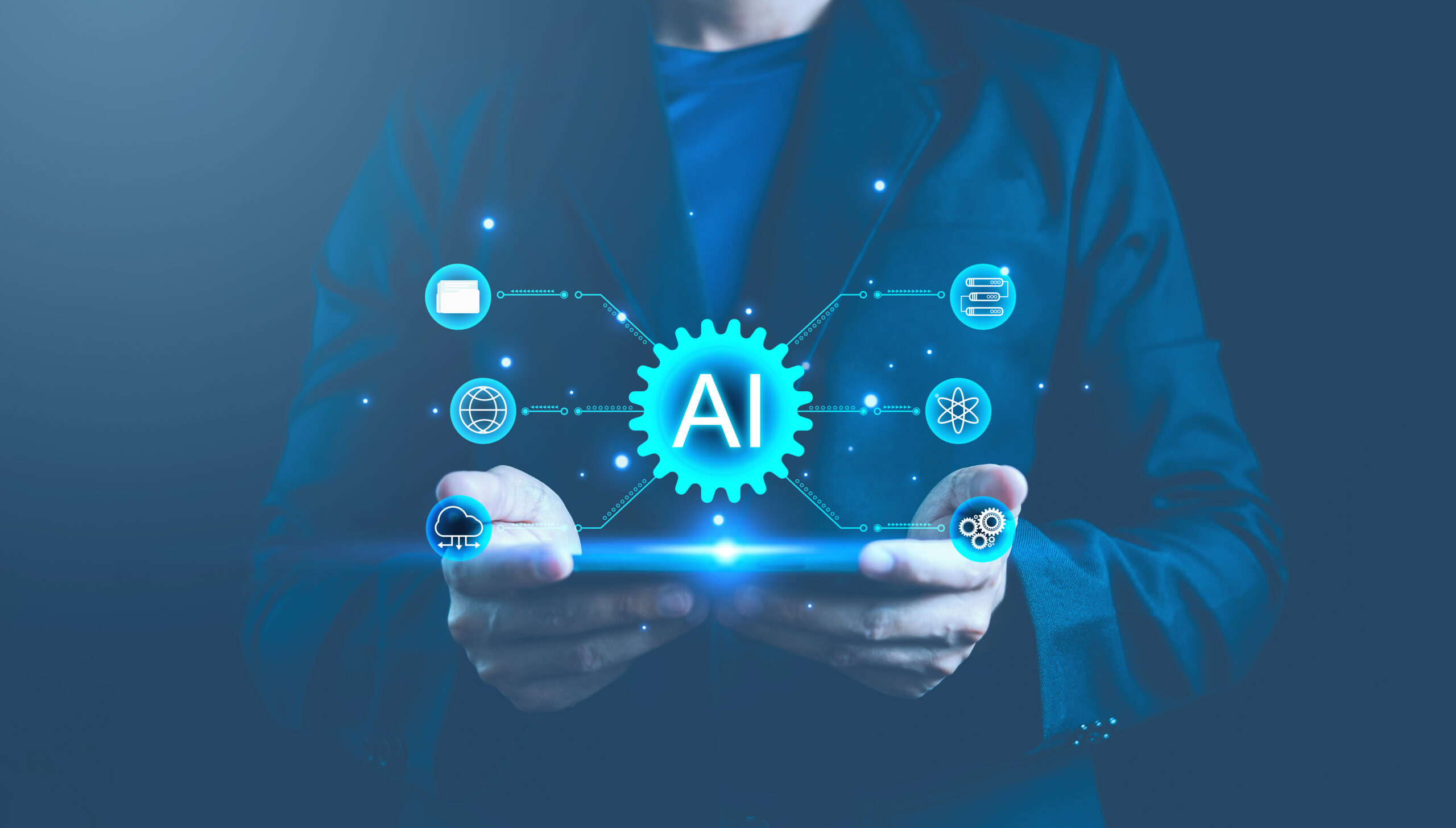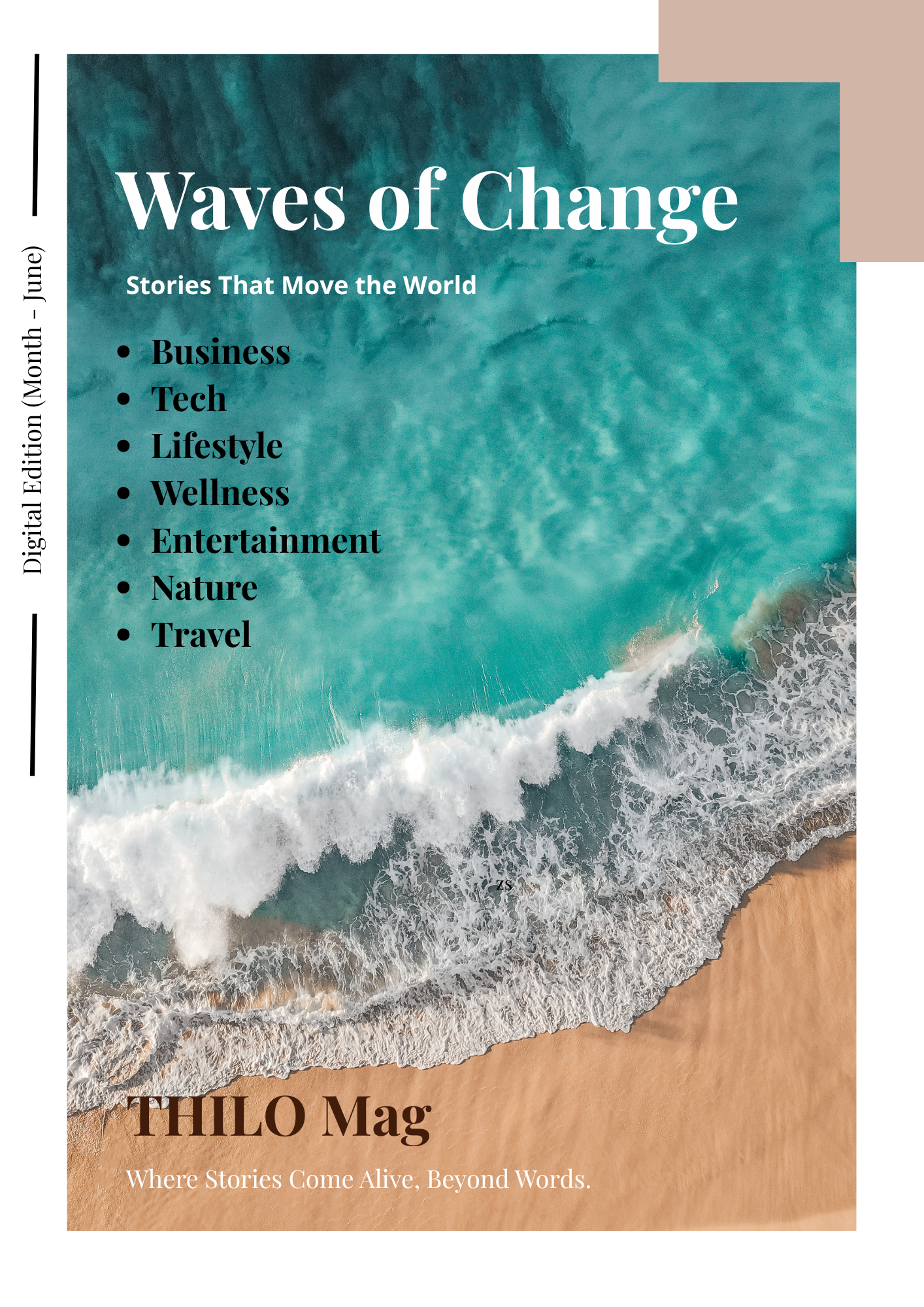The Rise of AI Artists: Machines Meet Masterpieces
By Thilo Mag

In an age where machines compose symphonies, write poetry, and now—create visual art—the boundaries of creativity are being tested like never before. Artificial Intelligence has officially entered the studio, and it's not just assisting artists; it’s becoming one.
AI-generated art, created using tools like Midjourney, DALL·E, and Stable Diffusion, is making waves in the global creative scene. From stunning surrealist landscapes to fashion design mockups and commercial branding assets, AI's ability to generate art in seconds is both fascinating and controversial.

A Brushstroke of Code
Traditionally, art has been a reflection of the human soul—intimate, emotional, and deeply personal. But with neural networks trained on billions of images and prompts, AI systems can now produce what looks like genuine artwork at lightning speed. These systems use machine learning models that understand style, color theory, and composition based on the data they’re trained on.
Graphic designers, advertising agencies, and even musicians are now incorporating AI-generated visuals into their projects. “What used to take me two days now takes two hours,” says Kiran Perera, a Sri Lankan creative director who’s embraced AI tools for early-stage concept design. “It’s not replacing creativity—it’s enhancing it.”
The Great Debate: Is AI Art Really Art?
At the core of the debate is one burning question: Can a machine truly be creative?
Critics argue that AI lacks the emotional depth, cultural context, and intention that define traditional art. “It’s mimicry, not mastery,” says Dr. Ishara Ranasinghe, an art historian and lecturer. “There’s no ‘soul’ behind AI-generated works. They’re fascinating—but they’re not art in the human sense.”
Yet others believe that AI art is simply a new medium—one that requires human input and interpretation. Prompts, tweaking, style guides—these are choices made by people. According to Jamie de Silva, an AI artist and prompt engineer, “It’s like photography in the 1800s. Back then, people thought it wasn’t real art either.”
When Collaboration Meets Creation
Interestingly, many traditional artists are not rejecting AI—they’re collaborating with it. By feeding their own work into AI models or using it to experiment with new ideas, they’re merging human intuition with machine intelligence. This hybrid approach opens up new pathways for artistic exploration.
For example, Madeline Tao, a digital artist based in Singapore, uses AI to generate backgrounds and textures, which she then paints over manually. “AI gives me a head start, but the final piece is still very much mine,” she says.

The Ethical Canvas
Beyond aesthetics, the AI art boom raises important ethical questions. Many artists have discovered that their work was used to train AI models—without consent or credit. Copyright, ownership, and fair use in AI-generated art are now hot topics in legal and artistic circles.
Art communities are also grappling with the implications. Some platforms have banned AI-generated content, while others are embracing it with open arms. It’s a cultural shift that mirrors the early days of digital photography and graphic design.
A Glimpse into the Future
What does the future hold for human artists in an AI-powered world? The most likely answer isn’t replacement—it’s reinvention. As technology evolves, so does the role of the artist. From prompt engineers to AI model curators, new creative professions are emerging.
Museums and galleries are already showcasing AI art, not just as novelty, but as a new form of expression. Whether we see AI as a threat or a tool, it’s undeniable: the definition of art is expanding.
And perhaps, that’s a masterpiece in itself.

